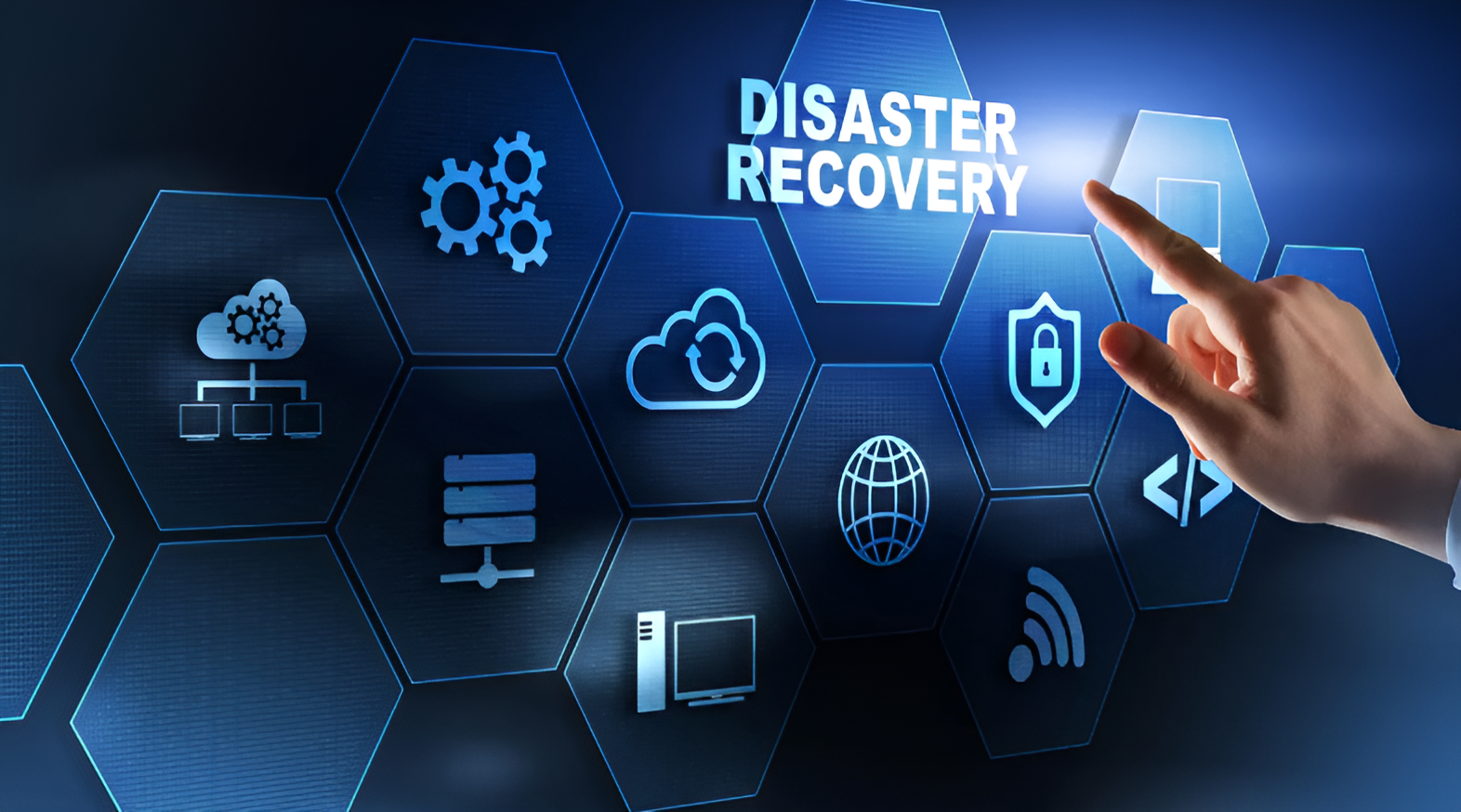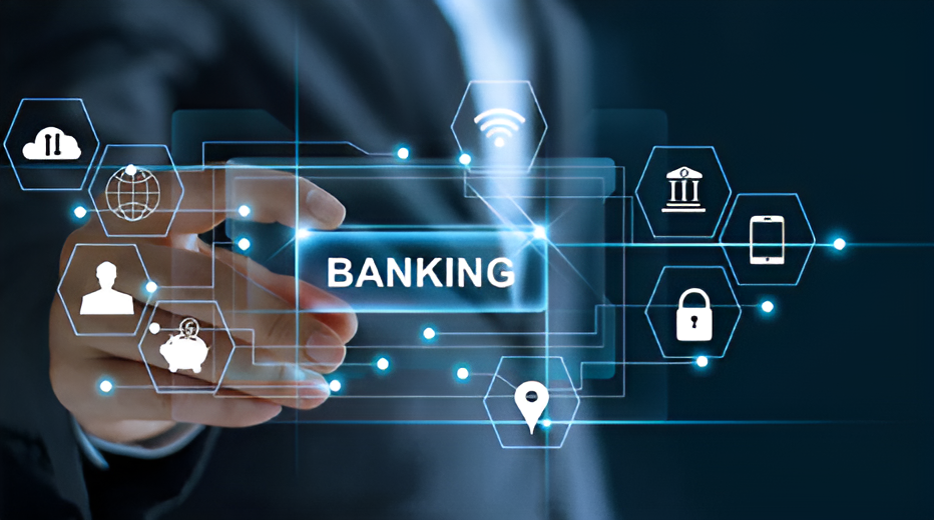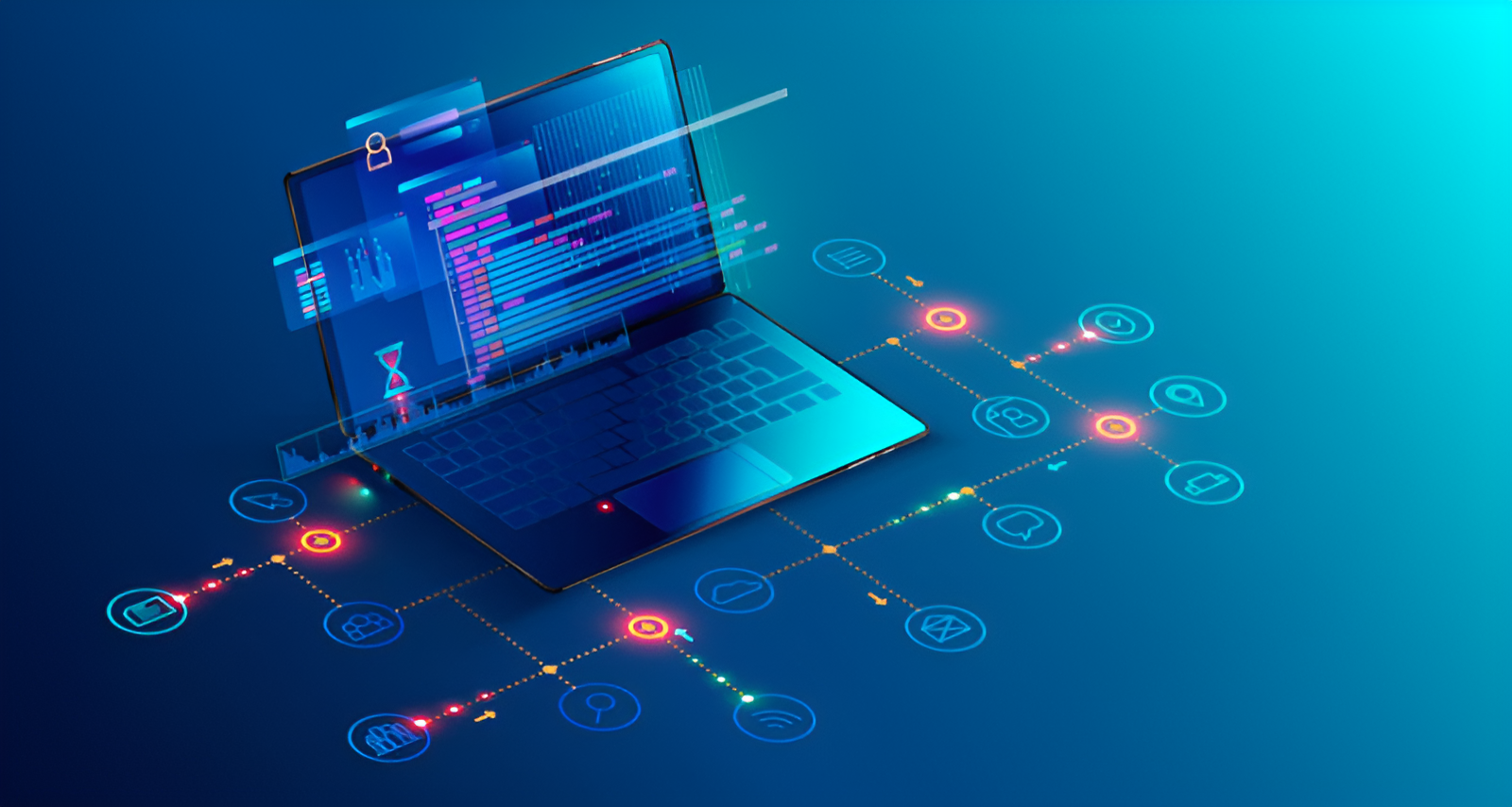

Virtual Desktop Infratructure is a technology that hosts desktop environments on a centralized server and deploys them to end-users on request. Instead of running applications locally on a user's device, the desktop and applications are virtualized and accessed through a network, offering several key benefits, including improved flexibility, security, and centralized management.
Virtual Desktop Infrastructure (VDI) for several reasons, driven primarily by the need for greater flexibility, security, and centralized management of desktop environments.

Centralized management is a core advantage of Virtual Desktop Infrastructure (VDI), enabling IT teams to control, update, and secure desktops from a single location. This centralized approach simplifies desktop administration, enhances security, improves consistency, and reduces the overall cost of managing large numbers of desktops across an organization.

Enhanced security is one of the main drivers for adopting Virtual Desktop Infrastructure (VDI). With VDI, data and applications are stored and managed centrally, which minimizes vulnerabilities and reduces the risk of data loss or theft.VDI enables organizations to establish robust security protocols that protect sensitive information and ensure compliance with industry regulations

Cost efficiency is a major benefit of implementing Virtual Desktop Infrastructure (VDI), helping organizations lower expenses related to hardware, IT support, energy consumption, and operational continuity. VDI centralizes desktop management, reduces the need for high-end hardware, and enables flexible scaling, which together contribute to long-term cost savings.

User productivity in Virtual Desktop Infrastructure (VDI) centers on providing a seamless, secure, and responsive user experience, ensuring that employees can perform their tasks efficiently regardless of location.VDI aims to deliver a desktop experience that is as close as possible to a physical desktop, ensuring users can work without latency, connection, or application limitations.

Disaster Recovery (DR) in a Virtual Desktop Infrastructure (VDI) context is critical for ensuring business continuity and resilience against disruptions such as natural disasters, cyber-attacks, or technical failures.It relies on centralized data and computing resources, disruptions to the main infrastructure can affect the entire user base, making DR essential for preventing prolonged downtime.

Scalability in Virtual Desktop Infrastructure (VDI) is a critical factor that allows businesses to accommodate growing user demand, enhance resource efficiency, and maintain performance as the number of users or workloads increases.Scalability often depends on having flexible CPU, RAM, and storage that can meet varying user demands.






3Gen is an object storage platform that empowers organizations to use virtual desktop infrastructure for unstructured data.

Virtual Desktop Infrastructure (VDI) works by hosting desktop environments on centralized servers and delivering them to end-user devices over a network.VDI relies on virtualization software (the hypervisor) to create and manage virtual machines (VMs) on a server. This is the central management system that authenticates users, manages VM sessions, and assigns desktops to users.The virtual desktop environment is then streamed over the network to the user’s device.
Virtual Desktop Infrastructure (VDI) offers a range of benefits that appeal to organizations across industries, particularly those focused on data security, remote work, and IT efficiency.VDI centralizes data storage, making it easier to apply security policies and adhere to industry regulations (e.g., HIPAA, GDPR, PCI DSS). IT teams can enforce policies consistently across all virtual desktops.





